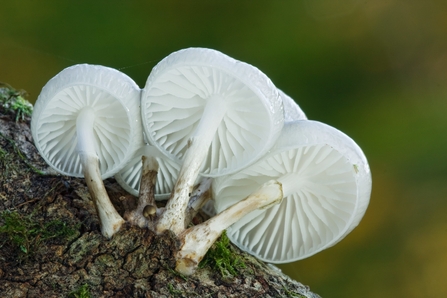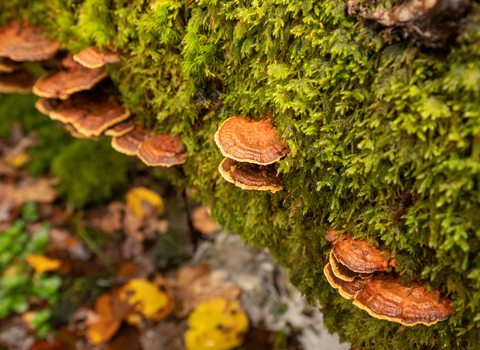Fungi are a varied group of enchanting species, from the beautiful to the downright sinister. As research into these fascinating life forms deepens, it feels as though we are just scratching the surface of a boundless and mostly invisible web of symbiotic connections that are so integral to our natural world.
The autumn is when wild mushrooms come out to play. Wetter weather causes their fruiting bodies to emerge, often found in woodland, grassland, even your own front garden!
What’s the difference between mushroom and fungi?
Let’s clear something up - while all mushrooms are fungi, not all fungi are mushrooms.
‘Fungi’ is a classification of a type of living organism, in the same way that ‘animal’ or ‘plant’ are classifications. The fungi kingdom covers a diverse range of species including yeasts, mildews, moulds and mushrooms.
A mushroom is the fruiting, reproductive body that’s visible above the ground, which only some fungi produce. In fact, it’s believed that less than 1% of all fungi produce mushrooms! Mushrooms are typically made up of a stem, a cap and gills. The gills, which are underneath the cap, are where a mushroom’s spores are – this is what they use to reproduce, in a similar way to seeds from a tree.



